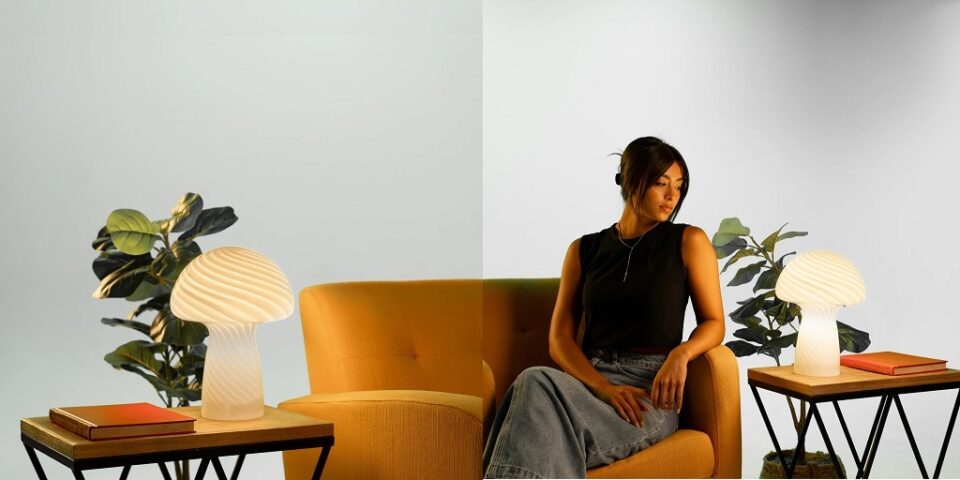Lighting is a powerful tool in interior design that can dramatically transform any space. When the right lighting is employed, the aesthetic appeal of
Many people tend to underestimate the impact of lighting in home decor, though. Furniture, paint, and accessories all play an important role, yes, but lighting can make or break a space. Proper lighting brings out the room’s features, makes it feel welcoming, and creates a functional environment. Without the right light, even the most stylish room can feel cold and uninviting.
To that end, here are some of the top lighting tips and tricks that professional interior designers use to make a space look its best:
Table of Contents
Layer Your Lighting for Depth and Warmth
Layering different types of lighting is a key strategy that interior designers often employ. A well-lit room generally has three layers of light:
- Ambient lighting refers to the primary source of light in the room, and is typically provided by the fixtures in the ceiling. It gives an overall glow to the space and is essential for basic visibility.
- Task lighting refers to more focused lighting used in areas where specific tasks are performed. This includes table lamps to read by, pendant lights in the kitchen to illuminate surfaces where food is prepared, or desk lights that provide illumination for working, for example.
- Accent lights highlight decorative elements such as art, sculptures, or architectural details. They add depth and draw attention to the key features of a room.
By layering these three types of lighting, you can create a balanced, warm, and functional space that feels professionally designed.
Play with Light Temperature to Set the Mood
You might think that “light is light” but did you know that light bulbs actually come in different temperatures? Generally measured in Kelvin, light can be warm – usually around 2700K to 3000K – or cool – ranging from 4000K to 5000K.
Warm light gives off a cozy and inviting feel that’s perfect for living rooms and bedrooms, especially. Meanwhile, cool light has a more energizing, if slightly clinical, feel, making it ideal for workspaces and bathrooms.
Interior designers often mix temperatures within a home to match each room’s purpose. For instance, they might use warm lighting in bedrooms and living rooms to make them feel relaxing, while opting for cooler light in kitchens or offices for clarity and focus.
Utilize Dimmers for Maximum Flexibility
Dimmers are a secret weapon in lighting design. By controlling the intensity of your lights, you can create different moods for various times of day or activities. Imagine having bright light for cleaning or working, and then switching to a softer glow for a cozy evening with friends.
Adding dimmer switches to overhead lights or using lamps with dimmable bulbs gives you the flexibility to adjust lighting easily. It’s a simple upgrade that adds a touch of luxury and customization to your space.
Shop for Modern and Minimalist Lamps Online
If you enjoyed these lighting tips and are on the hunt for modern lighting solutions for your spaces, we recommend visiting Ozarke. They carry floor lamps, table lamps, pendant lights, chandeliers, wall lighting, and even outdoor lighting! Visit their website now to learn more.
For more information about Modern Exterior Lighting and Wall Panels Please visit: Ozarke.

